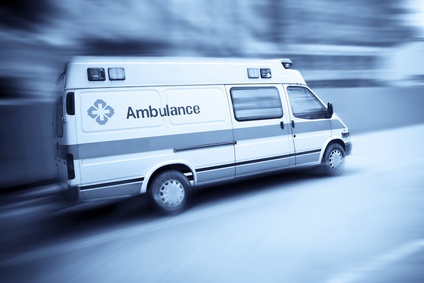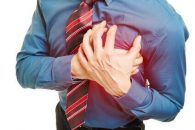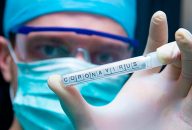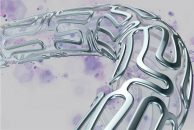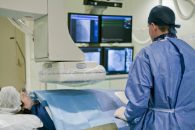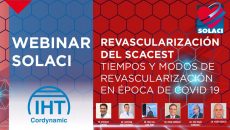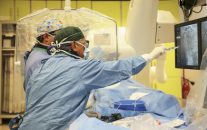The coronavirus pandemic has had a negative impact on the most pressing cardio and neurological emergencies, such as strokes or aortic dissection. These emergencies are normally treated in high complexity centers, which is why it is relatively simple to analyze the number of transfers before and after the pandemic. For some time, care centers have…
Long Term Changes ACS Revascularization
Long term outcomes support complete revascularization in multivessel patients undergoing acute coronary syndrome (ACS). This large contemporary registry recently published in J Am Coll Cardiol Intv. has shown complete revascularization is gaining ground in the daily practice and is associated to clinical benefits in patients undergoing ACS. It included 9094 individuals with ACS and multivessel…
Rapid Drop of Antibodies in Mild COVID-19 patients
A fast drop in COVID-19 antibodies in mild patients triggers the alarm for protection against the new virus. This decrease, observed within the first 90 days after contagion, might slow down over time. However, it calls for caution when it comes to the feeling of “protection” in recovered patients, vaccine immunization at long-term, and ultimately…
Webinar SOLACI Research | Left-Main Disease Controversy After EXCEL 5 years
We are interested in your opinion. Please, leave your comments, thoughts, questions, etc., below. They will be most welcome.
ISAR-TEST-5: 10 años de los DES con polímero vs sin polímero
After 10 years, unstable or chronic coronary patients revascularized with drug-eluting stents (DES) had similar, very good outcomes regardless of whether the DES did or did not have a polymer, according to the ISAR-TEST-5 study, recently published in J Am Coll Cardiol. The 10-year device-oriented endpoints occurred in 43.8% of patients treated with a polymer-free sirolimus-eluting…
Two-Stent Strategy is Safer in True Bifurcation Lesions
Courtesy of Dr. Carlos Fava. DES have improved PCI outcomes, but one of its biggest challenges continues to be bifurcations (especially when we have to use two stents, since it’s been associated to higher restenosis and stent thrombosis rates). Left main coronary artery true bifurcation lesions are the ones that generate the greatest challenge and…
Randomized Evidence on the Helpfulness of Yoga for Cardiac Rehabilitation
This work brings us evidence that yoga-based cardiac rehabilitation improves how patients feel about their health and reduces the time it takes them to resume the activities they could perform before experiencing an infarction. That is important information with impeccable timing. The COVID-19 pandemic has interrupted most of the assistance we offer to cardiovascular patients,…
Ideal Area for Unprotected Left Main PCI
Courtesy of Dr. Carlos Fava. Unprotected left main PCI (PCI-UPLMS) is an acceptable and comparable strategy vs CABG, although the use of IVUS is advisable, since it has shown better evolution and mortality. However, the adequate stent expansion remains unclear. Researchers carried out a sub-analyzis of the NOBLE trial. Of the total 603 patients receiving…
Webinar SOLACI | NSTE-ACS Revascularization: Times and Methods in the COVID-19 Era
Watch again our Webinar on “NSTE-ACS Revascularization: Times and Methods in the COVID-19 Era” on our Youtube account. We are interested in your opinion. Please, leave your comments, thoughts, questions, etc., below. They will be most welcome.
Quantitative Angiography that Estimates Shear Stress and Predicts Events
Shear stress has been incorporated to our jargon to identify this turbulent flow in certain places of the arterial tree (curves, bifurcations, etc.) that make these sectors more prone to plaque buildup. Seeing we often use the original term, no Spanish translation has been coined; we all refer to this phenomenon as shear stress and…
Vasculitis, Thrombosis and Angiogenesis: Covid-19´s Unique Patters
In this small, yet interesting series, we observe angiogenesis could differentiate pulmonary physiopathology by Covid-19 vs. from viral infections of similar severity (such as influenza). Being quite small, we can hardly consider it universal, or whether it could have clinical impact. Meanwhile, we keep learning about the new virus. Progressive respiratory failure is the main…
